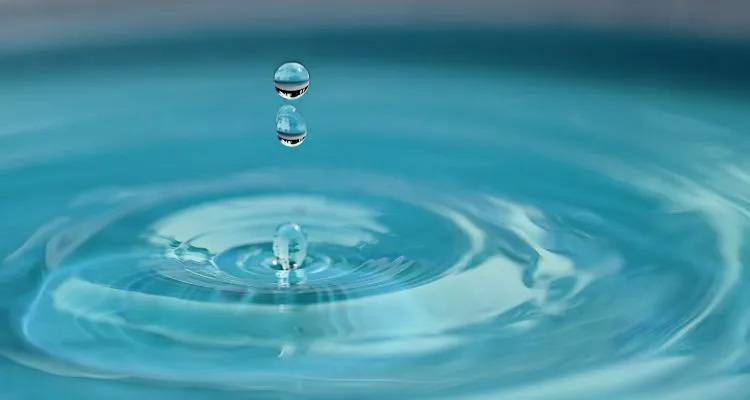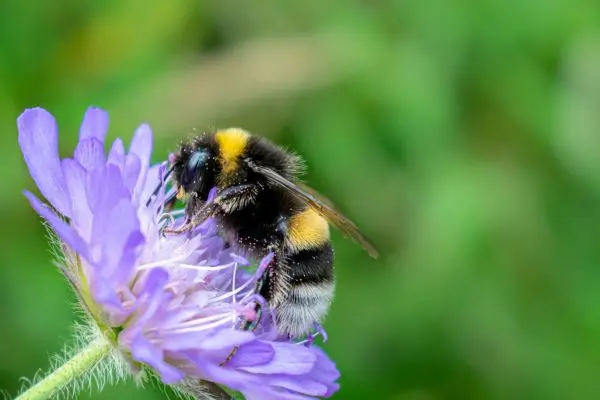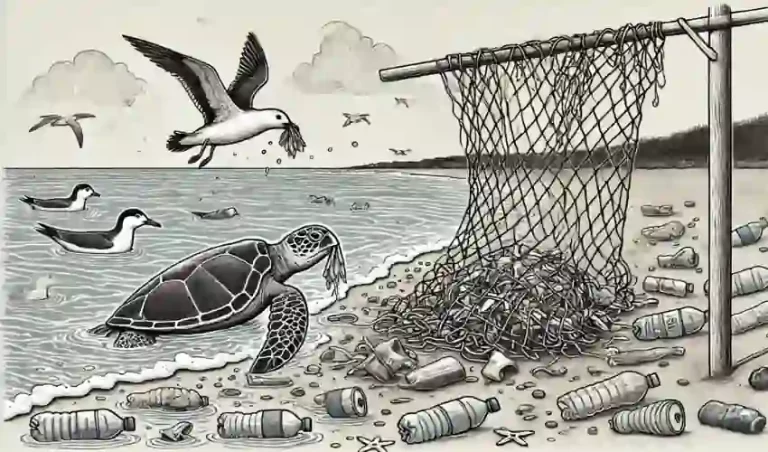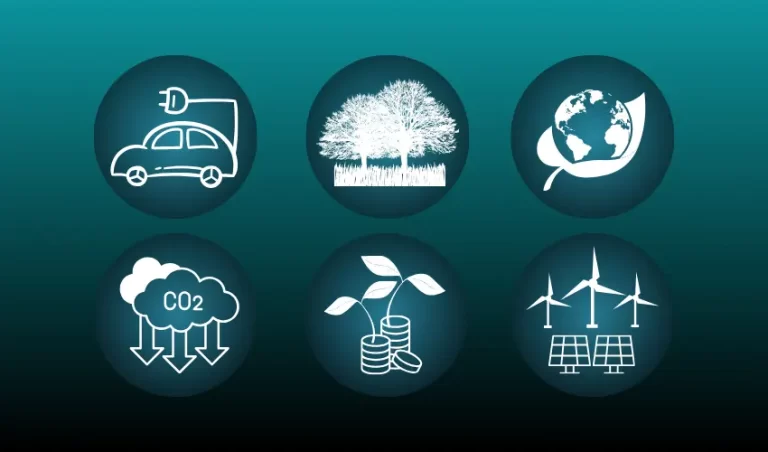Blue Carbon: Its Value to Climate Action Explained
As the world battles climate change, a powerful natural ally has gained increasing attention: blue carbon.
In this post, we’ll explore what blue carbon is, why it’s so important, the threats it faces, and how we can protect and restore these vital ecosystems.
What is Blue Carbon?
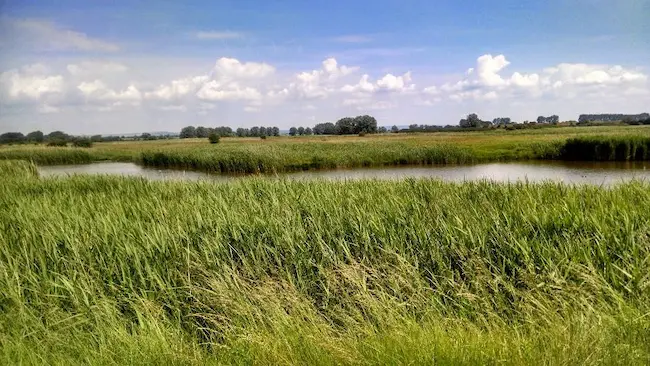
Blue carbon is the carbon captured and stored by oceans and coastal ecosystems.
While forests and land-based ecosystems—often called “green carbon”—are known for absorbing CO₂, blue carbon is specifically linked to marine and coastal environments.
The primary ecosystems that capture and store blue carbon are:
1. Mangroves: These coastal forests thrive in tropical and subtropical areas. They not only store carbon in their trunks and roots but also trap large amounts of organic material in the soil. Mangroves store carbon for centuries or even millennia.
2. Salt Marshes: Found in temperate regions, salt marshes are wetlands regularly flooded by ocean tides. Their unique conditions allow for the accumulation of carbon-rich organic material in the soil, making them extremely efficient carbon sinks.
3. Seagrasses: These underwater meadows grow in shallow waters and trap carbon in their soils. While not as well-known as forests or mangroves, seagrasses are highly effective at storing carbon.
Together, these ecosystems act as carbon sinks, absorbing more CO₂ than they emit, which helps reduce the amount of greenhouse gases in the atmosphere. This is a process termed natural Carbon Sequestration.
How Blue Carbon Works
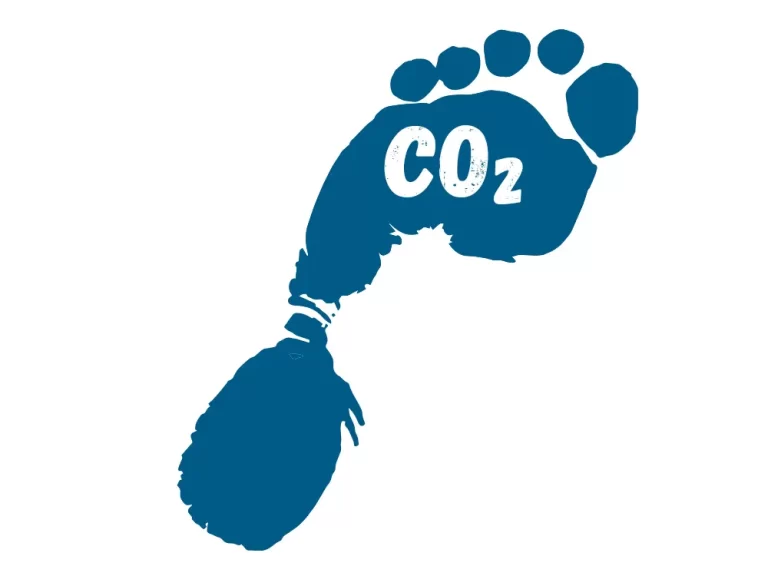
Blue carbon ecosystems capture CO₂ from the atmosphere through photosynthesis. Plants take in CO₂ and store it in their leaves, roots, and stems.
In addition, these ecosystems are unique because they also trap carbon in the soil. In mangroves and salt marshes, for example, the waterlogged soil slows down the decomposition of organic material, locking in carbon for long periods.
Mangrove forests, salt marshes, and seagrass meadows can store up to four times more carbon per hectare than tropical rainforests. This makes blue carbon ecosystems a critical tool in the fight against climate change.
Why Blue Carbon Matters

Blue carbon ecosystems can play a vital role in limiting climate change.
As human activities like burning fossil fuels and deforestation increase CO₂ levels in the atmosphere, the ability of natural systems to absorb this carbon becomes more important.
Blue carbon ecosystems can capture up to 0.5% of global annual CO₂ emissions, which may seem small, but every bit helps in reducing the overall concentration of greenhouse gases.
Additionally, these ecosystems offer more than just carbon storage. They also provide further essential benefits, including:
Threats to Blue Carbon Ecosystems

Despite their importance, blue carbon ecosystems are disappearing at an alarming rate. Mangroves, salt marshes, and seagrasses are being destroyed by human activities such as:
The extent of damage is stark. For example, nearly 50% of seagrass meadows have been lost due to these activities since the 1990s, with decline continuing every year.
The destruction of blue carbon ecosystems also releases stored carbon back into the atmosphere, worsening climate change. It is estimated that the loss of blue carbon ecosystems adds up to 1 billion metric tons of CO₂ to the atmosphere every year.
How We Can Protect and Restore Blue Carbon Ecosystems
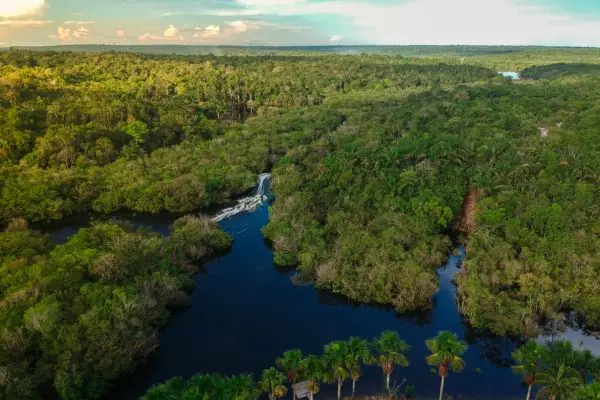
To maximise the climate benefits of blue carbon, we need to take immediate action to protect and restore these ecosystems. Here are some strategies:
1. Conservation and Protection
Protecting existing blue carbon ecosystems is crucial. This includes creating Marine Protected Areas (MPAs) and enforcing regulations that prevent harmful development in these zones.
Governments must integrate blue carbon protection into national and international climate policies, supported by restoration projects to repair damaged habitats.
2. Restoration Projects
Efforts to restore degraded blue carbon ecosystems are already underway.
For example, mangrove reforestation projects, such as the Living Lab partnership between Vietnam and the Netherlands, have shown promise in rebuilding carbon-rich ecosystems and protecting coastal communities.
Similarly, projects to restore salt marshes and seagrasses are helping to bring these ecosystems back to life. The Sussex Kelp Project is another great example, taking place in southern England, to restore and rewild the coastal seabed.
3. Blue Carbon Markets
Financial incentives, like carbon credits, can encourage the protection of blue carbon ecosystems.
By quantifying the amount of carbon these ecosystems sequester, businesses and governments can purchase carbon credits to offset their emissions, providing funding for conservation and restoration.
Australia has taken a lead in this space, with the government allocating $2.9m towards blue carbon restoration projects in the southern region.
4. Community Engagement
Local communities that rely on these ecosystems must be involved in their protection.
Sustainable management practices that balance ecological protection with economic needs are key to long-term success.
Blue Carbon: Vital For The Future

Blue carbon ecosystems, including mangroves, salt marshes, and seagrasses, offer powerful natural solutions to climate change.
These ecosystems capture and store large amounts of carbon, while also providing critical benefits like coastal protection and biodiversity support. However, they are under threat, and their destruction could accelerate climate change.
To harness the full potential of blue carbon, we must invest in protecting and restoring these ecosystems. Through innovative solutions like blue carbon markets, community engagement, and strong conservation policies, we can ensure that these natural carbon sinks continue to play their vital role in limiting climate change.
By taking action now, we not only combat climate change but also preserve ecosystems that sustain life on our planet.
We’d love to hear your thoughts on Blue Carbon and any examples you’ve seen of restoration projects taking place. Let us know in the comments section below!

